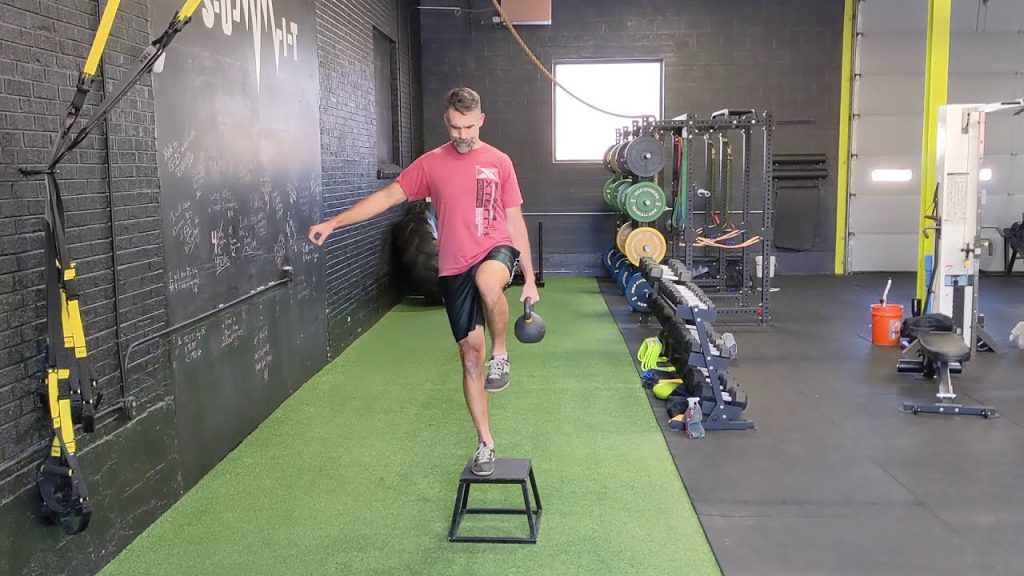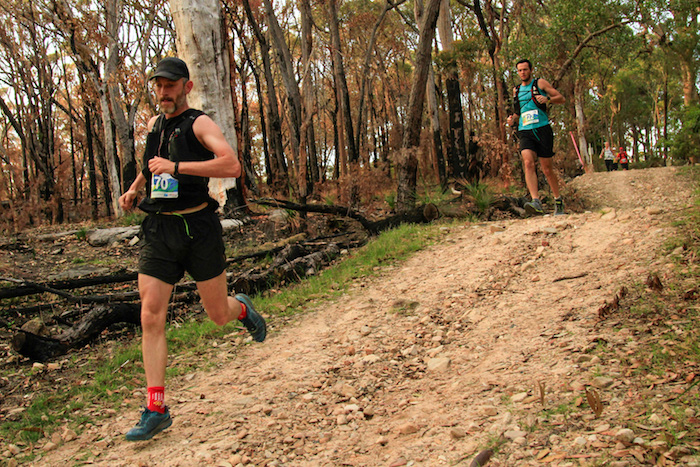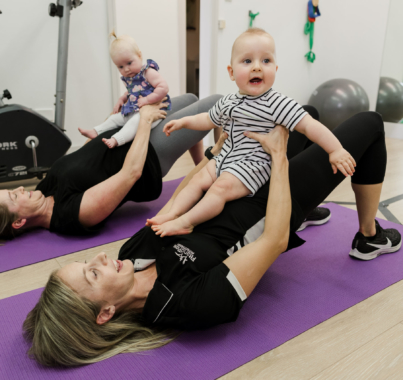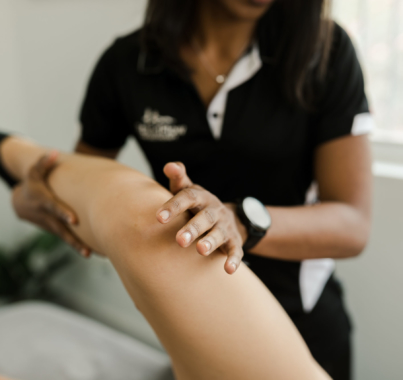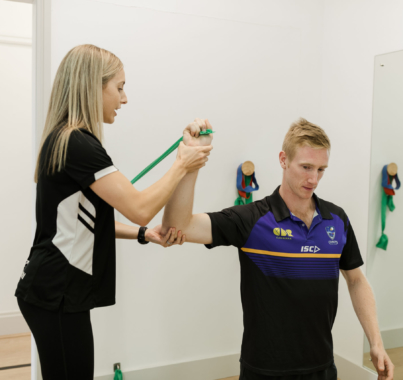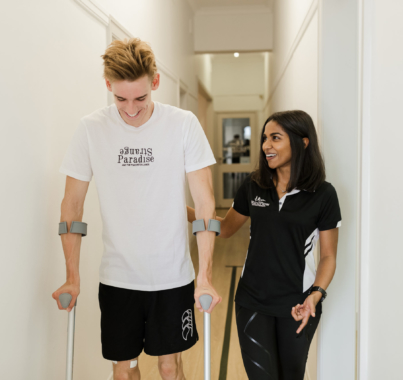Running

The biggest mistake we see in the clinic is when people take on too much training, too soon. Whether its to get fit, lose weight or to tick a marathon off the bucket list, it’s crucial to have a well-structured training plan and set realistic goals to prevent overtraining and reduce the risk of injury.
No matter how good your training program is, it takes time for your body to adapt to the loads of running. If you consistently push your training loads beyond what your body can handle, your joints, tendons, and bones may not cope, leading to overuse injuries over time.
Here are some simple tips to help manage your loads and to reduce your risk of overuse injuries.
80/20 rule
This number came from some research that demonstrated endurance runners only spending 20% of their training running at a higher intensity (eg interval training at 90% VO2max), with the bulk of their training involving lower intensity or ‘easy’ runs.
This rule won’t apply for everyone, however it is a good guide to base your training off.
Be mindful of how challenging each session is, give it a rating out of 10 (1= very easy and 10= very challenging) or think about your sessions as easy, moderate or hard.
Make sure most of your sessions sit under a 5/10 or are ‘easy’ runs.10% overload
Again, this number was based on research calculating injury risk in athletes and demonstrated that a fluctuation in load (either an increase or decrease) increased an athletes risk of injury.
If you think about this number, a 10% fluctuation in a training week of 20k/week is only 2km’s. This doesn’t allow for a lot of room in training variation.
Again this rule can be taken with a grain of salt, as this research wont apply to everyone. But it is important to keep in mind that if you’re feeling good in a run and decide to add a few k’s, or your pace is quicker than normal, think about reducing your k’s or pace in a run later in the week to preserve your body.
This is also important to consider as a runner just starting out. If you’ve never run before, your 10% overload is going to look very different from if you’re a regular 15k/week runner looking to increase volume to run a marathon.
As a beginner your running minutes and pace should start very low, and increase very slowly. For example, run at a ‘comfortable’ pace (you should be able to hold a conversation) and start in intervals, eg. 1 min on 1 min off for 10 minutes.
Starting with just one run a week and increase to 2 and 3 days over the following months.
Realistically we would recommend at least a year’s worth of training for a strong, fit, injury free beginner runner to run a marathon.
Rest and recovery
Recovery is important in managing your body’s loads. Without adequate recovery you’re putting your body under stress before its had a chance to recover, contributing to cumulative overload and potential injuries.
Ideally you would want to be running every second day with alternative sessions on the in between days (eg. strength training, a mobility session like yoga or pilates, or an active recovery such as a swim or a walk)
Quality sleep also facilitates recovery. Individuals who get under 7 hours of sleep a night are 1.7 times more likely to sustain an injury.
Ideally you should be aiming for over 8 hours a night to allow adequate recovery from training.

4. Modifying loads (shoes, cadence, terrain, cross training)
Changing the loads going through your body will help to disperse load across the body and reduce the risk of overuse injuries in certain areas. There are a number of ways you can do this across the week, or within a training session.
Shoes
Switching up your shoes for each run can alter how your foot hits the ground, which in turn changes the ground reaction force through your body. This reduces the repetitiveness of load going through your body and reduce the risk of overuse injury.
Terrain
Changing the terrain you train on will help to control intensity and load. Eg.you could opt for a flat run to decrease intensity if your loads that week are high. Or opt for a run on grass rather than concrete to decrease ground reaction forces through the body if you’re feeling sore in your legs. The variation in terrain of a trail run can also be gentler on the joints vs a run on concrete which can be highly repetitive on joints.
5. Strength
Strength is so important in adequately preparing your joints for the loads associated with running. Strength increases your tissues capacity for load, meaning you can run longer and harder without overloading your body. 1-2 strength sessions a week can decrease your injury risk by up to 50%.
Strength sessions need to be heavy (so calf raises while you brush your teeth won’t do!). They need to incorporate a mixture of big compound lifts such as squats or deadlifts, calf raises and single leg exercises such as step ups or lunges. If you’re inexperienced in the gym it is highly recommended you see a personal trainer, Physio or exercise physiologist to write and supervise your program.
If you’re a beginner planning your first fun run, or a regular runner looking to challenge yourself further, we’d highly recommend coming in for an assessment so we can set you up with an individualised program that will reduce your risk of injury, produce the result you want, and most importantly that you will enjoy doing.

